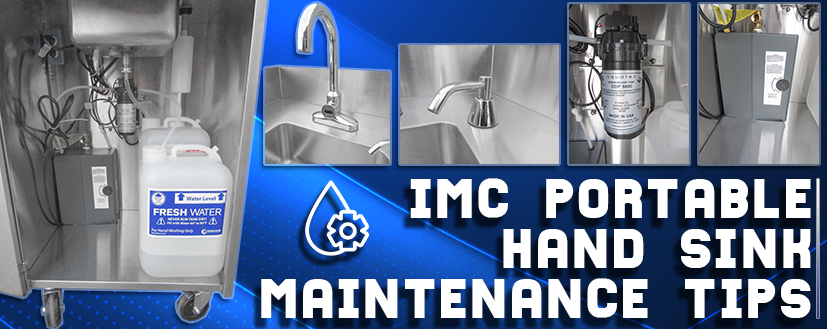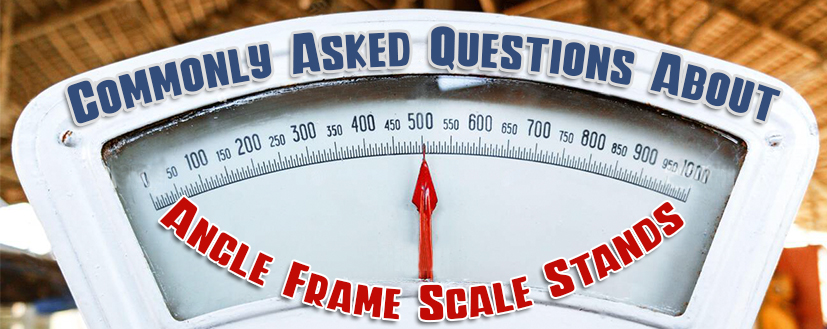Wire vs. Solid Shelving: The Showdown

Shelving is necessary for all commercial restaurants. It is key in creating an effective storage space, especially in limited areas. The two most common types of shelving are wired & solid. But, what is the difference really & which one is ultimately better to use?
In this article, we’ll compare & contrast both types of shelving, showcasing the positives & negatives of each. Let’s start.
About Wire Shelving
Wire shelving is known for one main feature: breathability. With the amount of open spaces found on a typical wire shelf, they are ideal for “wet” storage activities due to better air flow. Furthermore, wire shelving is suitable for larger sized objects. Typical wire shelving is also not as heavy duty as compared to the solid shelf variant. Overall, it’s a fine, basic budget option that will just get the job done.
There are several drawbacks to wire shelving though. The biggest negative is that they are difficult to clean. With the amount of wires & open spaces, it can become cumbersome to clean the shelf completely especially if it is a larger unit. Dirt & dust gets in between the wires, so frequent cleaning is a must.
Another big negative is that you cannot store small items on it. Smaller items run the risk of being damaged simply because they can fall through the spaces between the wires. For example, storing items made of glass or ceramic are out of the question.
Lastly, wire shelving is just not as durable as solid shelving. The wires can bend, warp or become misaligned. This means frequent replacements are pretty much a guarantee, leading to major inconveniences.
About Solid Shelving
Solid shelving has several positive elements to it. The biggest & most important feature of solid shelving is that it is easy to clean. Cleaning solid shelves takes less time & effort when compared to wire shelving. All it takes if a few wipes of the smooth, flat surface & you are good to go. Solid shelving is great for “dry” storage.
Solid shelving is the most durable, meaning you will rarely have to replace them due to damage. Solid shelving can easily accommodate your large or small items – you will not have to worry about fragile objects dropping down in between shelves & hitting the floor. Overall, it’s a fantastic all around option to meet your storage needs.
Some minor negatives: solid shelving tends to be a bit on the heavy side, so maneuverability may be a bit unwieldy. Solid shelving is also not the best for “wet” storage due to the lack of open spaces on the shelves.
So, Which is Better?
The truth of the matter is it will all come down to personal preference. But, if you are speaking in terms of cleanliness, long-term reliability & durability, solid shelving is certainly the best way to go. Nothing beats the better construction & hygienic nature of a solid shelf. Solid shelving simply combines a professional look with useful functionality.
IMC/Teddy manufactures several types of solid shelving, each with varying degrees of thickness (14-18 gauge). Each of these shelves is constructed with strength in mind to house your important items safely & securely. Most importantly, the stainless steel construction is inherently sanitary & simple to clean. For more information on IMC’s shelving, click here




